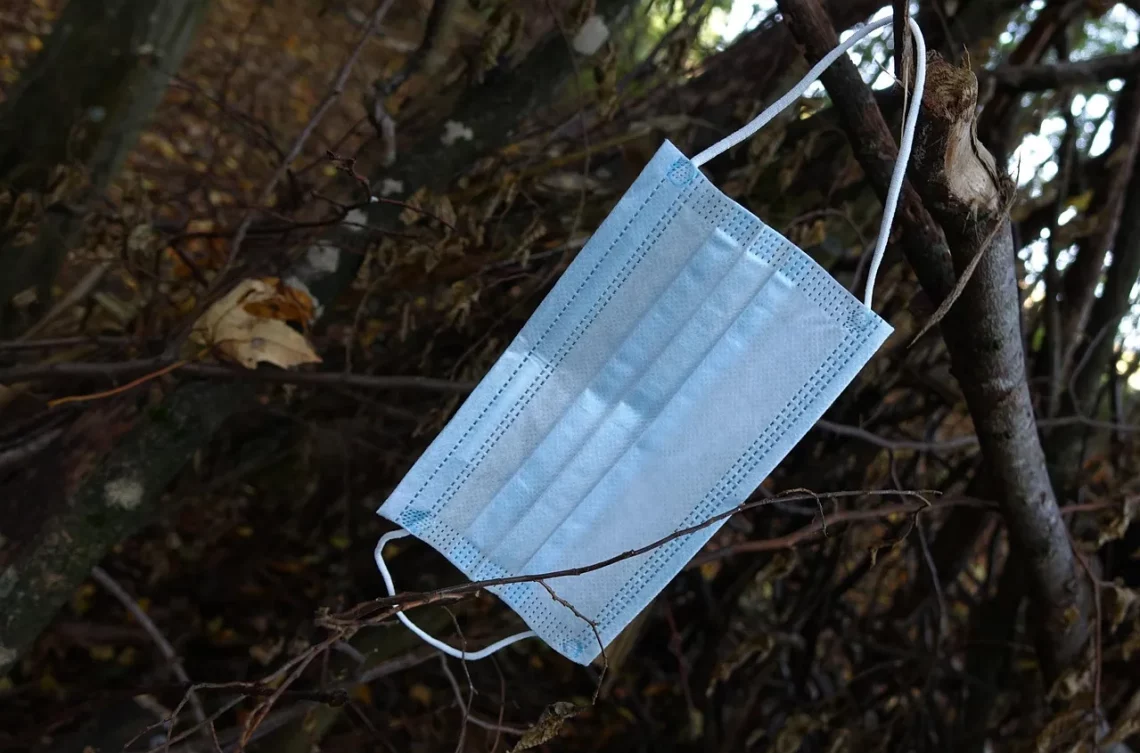
Understanding Tooth Extraction Infection: Visual Guide and Images
Tooth extraction is a common dental procedure that many individuals undergo for various reasons, including severe decay, overcrowding, or periodontal disease. While the extraction itself is generally routine, it’s essential to understand that complications can arise, one of which is infection. The mouth is a complex ecosystem filled with bacteria, and when a tooth is removed, the risk of infection increases due to the open wound left behind. This risk can be influenced by several factors, including the patient’s overall health, oral hygiene practices, and adherence to post-operative care instructions.
Infections following tooth extraction can manifest in various ways, presenting symptoms that may range from mild discomfort to severe pain and swelling. Recognizing the signs of a potential infection early on is crucial for effective treatment and a speedy recovery. Individuals who are informed about what to look for are better equipped to seek timely medical attention, minimizing the risk of further complications.
Understanding the intricacies of tooth extraction infections not only helps patients navigate their recovery but also empowers them to maintain better oral health in the long run. With the right knowledge, individuals can approach their dental procedures with confidence and clarity, ultimately leading to healthier smiles.
Common Signs and Symptoms of Infection
After a tooth extraction, it’s important to monitor your recovery closely. Several signs and symptoms can indicate an infection, and being aware of them can make a significant difference in your recovery process. Some of the most common indicators include increased pain, swelling, and redness at the extraction site.
Typically, some level of discomfort is expected after an extraction, but if the pain intensifies after the first few days, it may be a sign of an infection. Along with heightened pain, swelling can occur, not only at the extraction site but also in the surrounding areas like the cheeks and jaw. Redness, warmth, and tenderness around the site are additional signs that could suggest an underlying infection.
Another critical symptom to watch for is fever. A low-grade fever may occur as the body reacts to the surgery, but if it rises above 101°F (38.3°C) or persists, it warrants immediate attention. Additionally, if you notice any pus or drainage from the extraction site, it is a clear sign of infection that should not be ignored.
Oral hygiene plays a vital role in preventing infections. Patients should follow their dentist’s post-operative care instructions carefully, which typically include guidelines on how to clean the mouth and manage discomfort. It’s essential to avoid rinsing vigorously or using straws, as these actions can dislodge the blood clot that forms in the socket, potentially leading to complications.
If you experience any of these symptoms, it is crucial to contact your dentist or oral surgeon promptly. Early intervention can often help mitigate the severity of the infection and lead to a more effective treatment plan.
Factors Contributing to Tooth Extraction Infections
Several factors can increase the likelihood of developing an infection after a tooth extraction. Understanding these factors can help individuals minimize their risks and ensure a smoother recovery process.
One of the primary contributors to infection is the presence of pre-existing dental or health conditions. Individuals with diabetes, for instance, may experience slower healing times and a higher risk of infection due to compromised immune responses. Furthermore, conditions such as autoimmune diseases can inhibit the body’s ability to fight off infections effectively.
Another significant factor is oral hygiene. Patients who neglect their oral care routine, especially before and after the procedure, are at a higher risk of developing infections. Bacteria thrive in an unclean environment, and maintaining proper oral hygiene can help reduce the bacterial load in the mouth. This includes brushing and flossing regularly and following any specific instructions provided by the dentist.
Smoking is yet another risk factor associated with tooth extraction infections. The chemicals in tobacco can impair blood flow to the gums, slowing down the healing process and increasing the chances of infection. Smokers are often advised to refrain from smoking before and after dental procedures to promote better healing outcomes.
Lastly, the complexity of the extraction itself can play a role in the risk of infection. More complicated extractions, such as those involving impacted teeth or multiple extractions in one session, may lead to more significant tissue trauma and a higher likelihood of infection. Dentists take various precautions to minimize these risks, but patients should also be aware of their individual circumstances.
By understanding the factors that contribute to tooth extraction infections, patients can take proactive measures to protect their health and ensure a successful recovery.
Preventive Measures to Avoid Infections
Taking preventive measures is essential in reducing the risk of infections following tooth extraction. Patients can employ several strategies to promote healing and maintain oral health during recovery.
First and foremost, it’s crucial to adhere strictly to the post-operative care instructions provided by your dentist. These instructions often include guidelines on how to manage pain, swelling, and oral hygiene. For example, patients are usually advised to avoid vigorous rinsing for the first 24 hours and to use a gentle saline rinse after that to keep the extraction site clean.
Maintaining good oral hygiene is vital. Before the extraction, it is essential to have a thorough dental cleaning to minimize bacteria. After the procedure, gentle brushing of the teeth and careful cleaning around the extraction site can help prevent infection. However, it is important to be cautious and avoid direct contact with the healing area for the first few days.
Diet can also play a significant role in post-operative recovery. Patients should focus on consuming soft foods that are easy to chew and swallow, avoiding anything that requires vigorous chewing or could irritate the extraction site. Staying hydrated is equally important; however, patients should avoid using straws, as the suction can dislodge the blood clot and lead to complications.
Another preventive measure is to avoid smoking and alcohol consumption during the healing process. Both can significantly hinder recovery and increase the risk of infection. If you are a smoker, consider discussing cessation strategies with your healthcare provider.
Lastly, scheduling follow-up appointments with your dentist is critical. These visits allow the dentist to monitor your healing progress and address any potential issues before they escalate. If you experience any unusual symptoms, such as increased pain or swelling, do not hesitate to contact your dentist for advice.
By implementing these preventive measures, patients can significantly reduce their risk of infections following tooth extraction, leading to a smoother and more comfortable recovery process.
Treatment Options for Tooth Extraction Infections
If an infection does occur following a tooth extraction, it is crucial to seek prompt treatment to prevent the condition from worsening. There are several treatment options available, and the specific approach will depend on the severity of the infection.
The first step in treating an infection is often a thorough examination by a dentist or oral surgeon. They will assess the extraction site and determine the extent of the infection. In many cases, the dentist may prescribe antibiotics to help combat the bacterial infection. It is important to take the full course of antibiotics as directed, even if symptoms improve before completing the medication.
In some situations, if there is a significant buildup of pus or an abscess, a dentist may need to perform a procedure to drain the infected area. This can help alleviate pressure and promote healing. The drainage procedure is typically straightforward and may be done under local anesthesia.
Pain management is also an integral part of the treatment process. Over-the-counter pain relievers, such as ibuprofen or acetaminophen, can help alleviate discomfort associated with the infection. However, it is essential to consult with your dentist before taking any medication to ensure it is appropriate for your situation.
In more severe cases, if the infection has spread or the patient has underlying health issues that complicate recovery, hospitalization may be necessary for more aggressive treatment. This could involve intravenous antibiotics or even surgical intervention if the infection is particularly severe.
Ultimately, early intervention is key in managing tooth extraction infections. Recognizing symptoms and seeking prompt dental care can lead to effective treatment and a quicker recovery, allowing patients to return to their normal activities with confidence.
**Disclaimer:** This article is for informational purposes only and does not constitute medical advice. Always consult with a healthcare professional for medical concerns or questions regarding your health.




